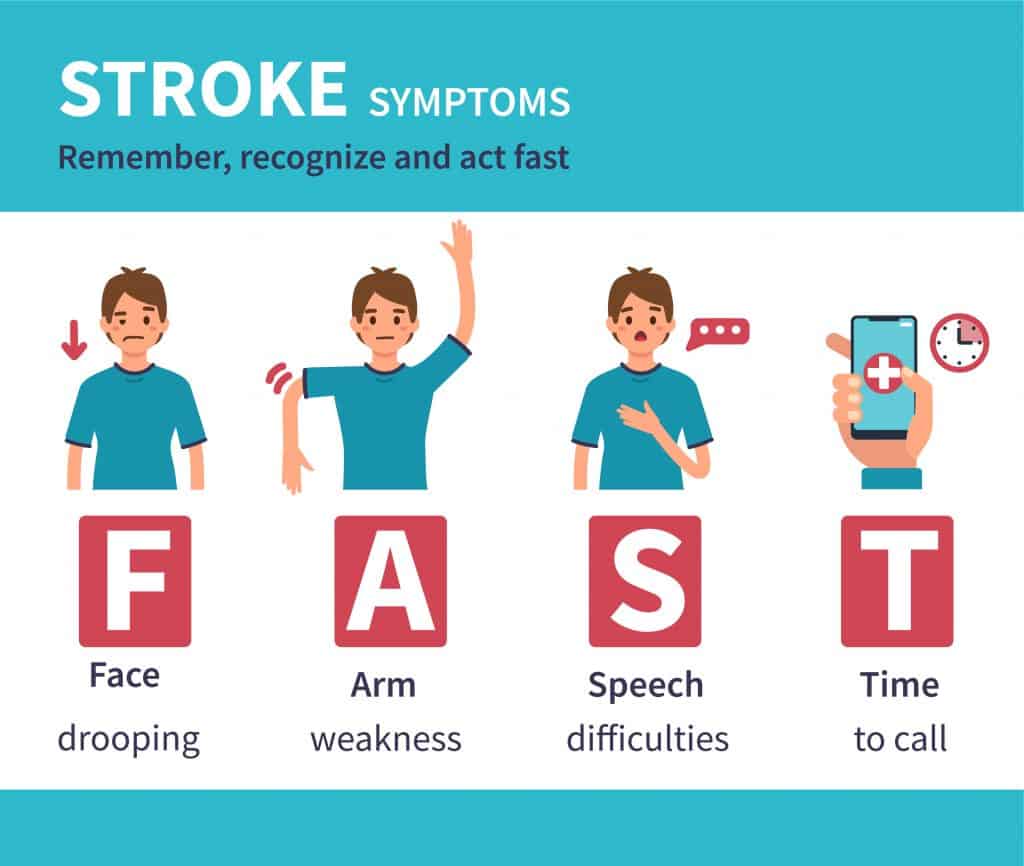What is the Stroke Rehabilitation Process for Veterans?
The Acute Ischemic Stroke (AIS) directive began to incorporate best practices for stroke victims. When VA stroke victims accounted for 15,000+ cases per year, there needed to be a viable solution, which resulted in the stroke rehabilitation process for veterans!
The VA implemented a comprehensive program so stroke victims can start rehabilitating within six months of occurrence. The face-to-face team has members trained on all major stroke indicators and work aggressively on therapy for the veteran. Veterans in inpatient neurorehabilitation programs are likely to expect 90 minutes of therapy two times per day for a total of 3 hours of rehab daily.
Throughout the years, the VA revamped the AIS due to ongoing research and improved medical technology. Because of the study and effort to improve the program, it led to massive improvements in thrombolysis, which are blood clots within blood vessels such as the arteries. Thrombolysis affected the VA population from approximately 8 percent in 2007 to a staggering 67 percent in 2017.
AIS directive uses many resources to aid Veterans’ care and implement a solution to improve their quality of life. The AIS led to a stroke quality-improvement group, where best practices were incorporated over 56,000 veterans across VA facilities. The group is known as the Precision Monitoring (PRIS-M) QUERI and is a continuous effort to improve the overall care for VA stroke patients. The work involves telehealth and a monthly conference call to monitor the data following discharge from inpatient services.
Keep reading to find out more about the stroke rehabilitation process for veterans!
Acute Ischemic Stroke Directive
Throughout the years, the VA revamped the AIS due to ongoing research and improved medical technology. Because of the study and effort to improve the program, it led to massive improvements in thrombolysis, where blood clots are formed in the blood vessels. Thrombolysis affected the VA population of approximately from 8 percent in 2007 to a staggering 67 percent in 2017.
AIS directive uses many resources to aid Veterans’ care and implement a solution to improve the quality of life. The AIS led to a stroke quality-improvement group, where best practices were incorporated over 56,000 Vets across VA facilities. The group is known as the Precision Monitoring (PRIS-M) QUERI is a continuous effort to improve the overall care for VA stroke patients. The work involves telehealth and a monthly conference call to monitor the data.
Veteran Stroke Centers and Facilities
VHA Primary Stroke Center – This is a facility where experts are able to diagnose and treat strokes emergently, continuously monitor, and provide intervention all year long, 24 hours a day & 7 days a week.
VHA Comprehensive Stroke Center (CSC) – Similar to a Primary Stroke Center, however, they have the ability for surgical intervention, endovascular procedures, and administering intravenous treatment agents.
VHA Limited Hours Stroke Facility – Similar to the VHA Comprehensive Stroke Center except the patient will have specified hours defined in the local policy. If patients are going through thrombolytic medication, then depending on the severity, they may have a higher level of stroke care.
VHA Supporting Stroke Facility – This facility does not have a robust staff of personnel or expertise for the stroke patient. If a veteran suffers from a stroke and this is the only stroke facility within their local area, they should consider stroke treatment at a non-VA facility.
Financial Assistance for Veteran Stroke Patients
Veteran stroke patients do qualify for financial assistance, but there are certain requirements they must meet. According to Veterans Aid and Attendance, they will need to have served at least 90 days of Active Duty during Wartime Service.
Wartime Service is defined as:
WWII: Dec 7, 1941, through December 31, 1946
Korean Conflict: June 27, 1950, through January 31, 1955
Vietnam: Feb 28, 1961, through May 7, 1975
Gulf War: August 2, 1990, through future date by President (still currently going on)
The Veteran must also meet one of these pension requirements. They are:
- Over 65 years old (limited or no income)
- Permanent and Total Disability
- Receive SSI (Social Security Income)
- Receive SS Disability Insurance
- Live-in Nursing Home
Vets or surviving spouses must also meet one of these criteria regarding clinical requirements:
- Bedridden except for medical/therapy appointments
- Severe visual impairment
- Nursing Home due to physical and mental reasons
- Needs assistance in daily activities (eating, using the bathroom, bathing, etc.).
In December 2018, the VA set an upper limit for the applicants’ net worth of $123,600, which doesn’t include the auto or personal residence.

What is the equation for qualifying income for stroke rehabilitation Veterans?
INCOME – MEDICAL EXPENSES
If the outcome number is 0 or less, then you are eligible.
If a Veteran qualifies on all of the requirements, the following is a chart on the monthly rates.
The process of getting financial aid can be very tedious, yet the benefits are worth the time. Ensure that you keep your documentation as accurate as possible, as the program will ask to verify income and medical expenses.
What’s Next when you need the Stroke Rehabilitation Process for Veterans?
Need help on seeking Financial Assitance for a stroke?
VA Claims Insider (VACI) has all the resources for you to process your claim promptly. VA Claims Insider has a robust team of VCEs (Veteran Claims Experts) streamlining the process. VACI has all the tools necessary for you to file the claim medical documents scrutinized by our experts and our team of medical professionals.
Ready to get started? Click here to sign up and get instant access to $7,500 worth of information through our Elite program!
